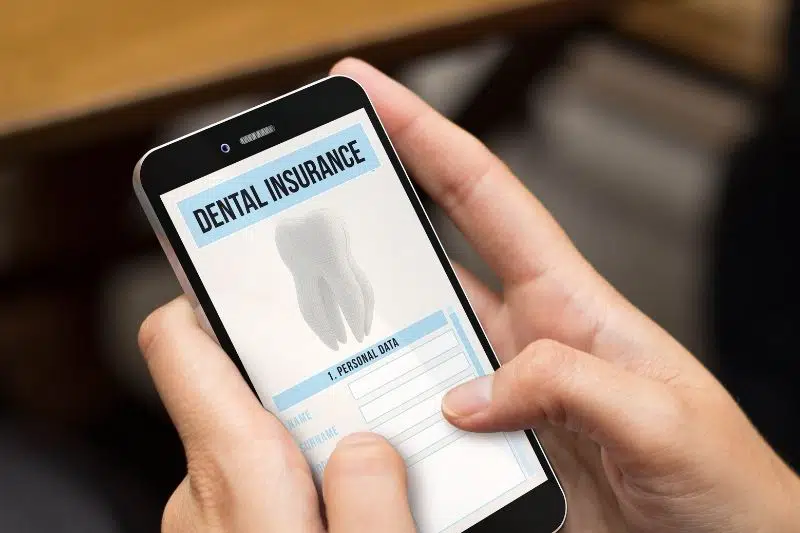Some types of insurance, such as health insurance, are a no-brainer for most people. The answer is less clear when it comes to dental insurance. This may lead you to ponder if dental insurance is worthwhile. Let's look at the specifics of dental insurance to decide if it's the appropriate fit for your mouth and your budget.
How much does dental insurance cost?
So, what is the price of dental insurance? The price you pay will vary greatly depending on your location, insurance provider, and preexisting conditions, as is true with all types of insurance. Dental premiums for a person can run from $20 to $50 per month or $50 to $150 per year for a family. It can also range from $240 to $1,800, depending on your dependency and the type of coverage you have access to. In any case, the expense could have a big influence on your budget. It's simple to understand how dental insurance may eat up a lot of money.What does a dental premium cover?
Your dental insurance plan's specific coverage will vary depending on your specific plan. However, you may expect to observe certain general coverage rules. With the usual plan, coverage is divided into three categories: preventative care, basic treatments, and major operations. What exactly is covered? Preventative care is frequently covered in its entirety. This coverage may cover the cost of annual cleanings and exams to monitor your oral health. Regular cleanings are usually approximately two covered cleanings per year for most people. Basic processes are the next step. Although they aren't completely covered, you should only be responsible for 20% to 30% of the cost. Dental insurance may be beneficial because the cost of a filing is often considerably over $100. Finally, dental insurance will assist you with major surgeries. Even though most insurance plans only cover 50% or less of the cost, you could save hundreds of dollars.What are the different types of dental plans to choose from?
Your dental insurance plan's coverage and flexibility will differ greatly. The type of plan you select is one of the most important variables. And the type of plan you have will have a big impact on whether or not you should get dental insurance. The three types of dental plans available are as follows:1. Fee-for-service plans
You can work with any dental professional with a fee-for-service or indemnity plan. The insurance company will pay a portion of the fee. Many people value the ability to select their provider. This is especially true if you already have a favorite dentist who isn't covered by your PPO or HMO plans. However, the premiums for these plans are frequently substantially more than for other plans.2. Preferred provider organization plans
If you use an in-network provider, a PPO (Preferred Provider Organization) plan will save you money. Although you are not compelled to see a preferred provider, sticking to the list will save you money. If you prefer, you can seek care from an out-of-network physician. When you see them, however, you'll have to pay more. Furthermore, many of these plans have an annual maximum reimbursement amount for out-of-network consultations. You get the best of both worlds with a PPO. Your provider options will be varied. However, a visit will not be prohibitively expensive.Health maintenance organization plans
Finally, HMO (Health Maintenance Organization) plans are available. An HMO will only allow you to see dentists who are part of their insurance network. The cost reductions of this plan are exceptional if you are comfortable with restricted providers. I strongly advise you to review the list of providers before enrolling in an HMO dental plan. Regrettably, the list might be somewhat small. Although the cost savings potential is significant, you may miss out on the opportunity to work with a dentist with whom you are familiar.How to get the most out of dental insurance
Whether or not dental insurance is worthwhile will depend on your circumstances. However, if you decide to go with insurance, planning is a wise decision. Consider asking your existing dentist about upcoming procedures. You can find the finest plan for your needs if you know what type of dental work you'll need in the future. However, there's always the chance that you'll need a dental procedure that isn't covered by your insurance. Keep in mind, as with any insurance, your risk tolerance. If you want to avoid a large outlay, more comprehensive dental coverage may be the way to go. Take some time to look through the database of providers once you have dental coverage. To save money without sacrificing quality, look for the top dentists in your network.What do dental services cost without insurance?
The costs of dental services without insurance will vary based on your state and provider. But regardless of where you live, the expenses can add up quickly. Here’s a look at some of the costs for the most common dental services:- Basic cleaning: $75 to $200
- Dental x-rays: $100 to $250
- Amalgam filling: $50 to $150
- Tooth-colored filling: $90 to $250
- Gold filling: $350 to $4,500
- Dental crown: $500 to $2,000
- Tooth extraction: $75 to $800
- Root canal: $500 to $1,500


